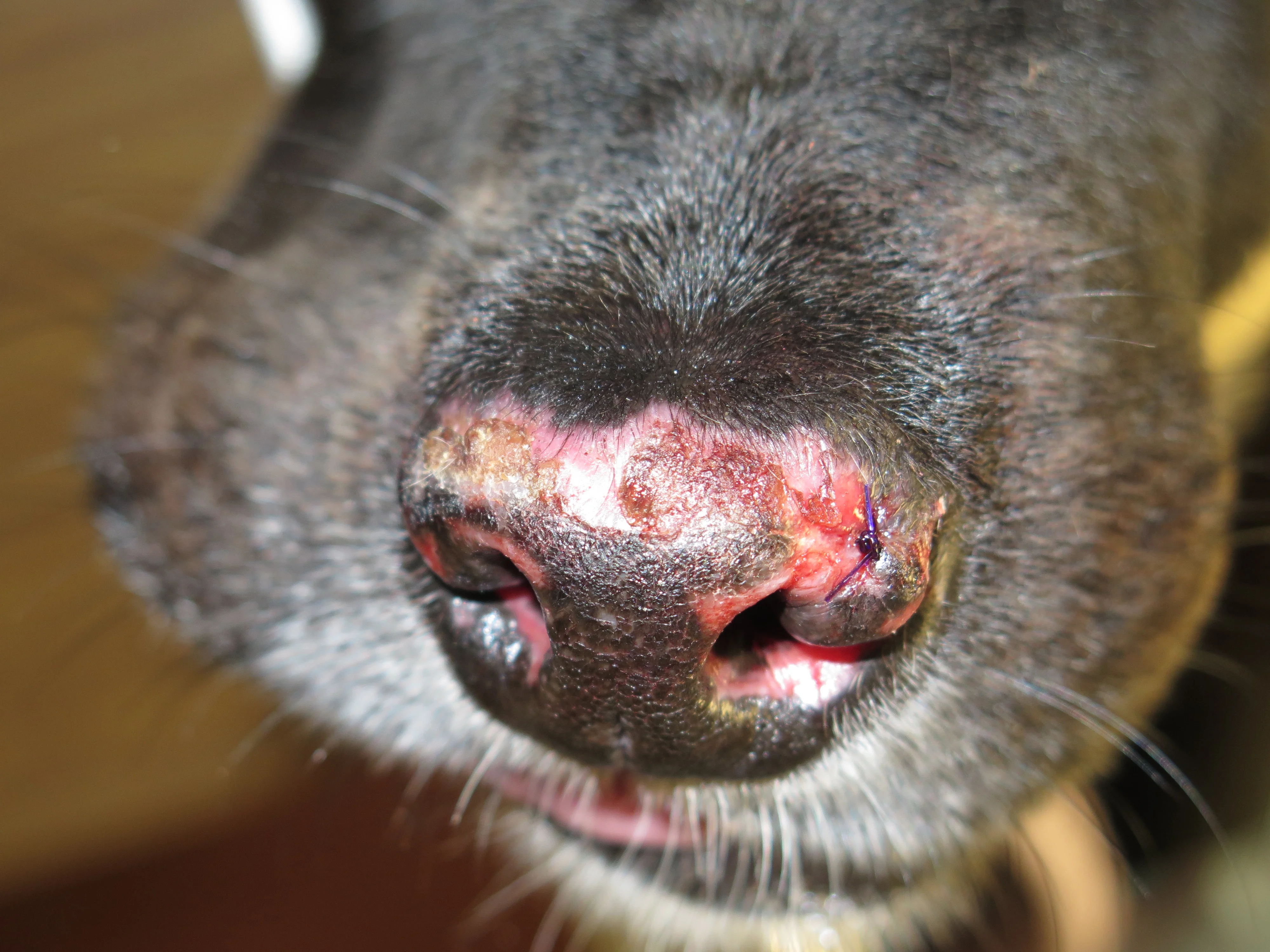
In the Literature
van Amersfort K, van der Lee A, Hagen-Plantinga E. Evidence-base for the beneficial effect of nutraceuticals in canine dermatological immune-mediated inflammatory diseases - a literature review. Vet Dermatol. 2023;34(4):266-283. doi:10.1111/vde.13152
The Research …
Nutraceutical therapies are commonly recommended for treatment of inflammatory immune-mediated skin diseases due to perceived safety, but scientific evidence of efficacy is not always present.
This review aimed to summarize the literature and present evidence for benefit of commonly used nutraceuticals. Studies evaluating essential fatty acids (EFAs), niacinamide, palmitoylethanolamide (PEA), probiotics, retinoids, vitamin A, vitamin D, vitamin E, and/or zinc for treatment of inflammatory immune-mediated skin diseases (including allergic dermatitis, autoimmune disease [eg, pemphigus foliaceus, cutaneous lupus erythematosus], and/or immune-mediated dermatoses [eg, symmetrical lupoid onychodystrophy, sebaceous adenitis]) were assigned grades (ie, categories I-V) based on strength of evidence, with category I (highest level of evidence) corresponding to double-blinded, placebo-controlled studies and category V corresponding to case reports and case series.
In dogs with allergic dermatitis, there was minor evidence for treatment with EFAs, probiotics, PEA, vitamin D, vitamin E, and zinc but no evidence for niacinamide. In dogs with pemphigus foliaceus and discoid lupus erythematosus, there was minor evidence for treatment with niacinamide with tetracycline antibiotics; however, there was no evidence of benefit of EFAs in dogs with pemphigus foliaceus. In dogs with cutaneous lupus erythematosus, there was no evidence for use of EFAs, vitamin A, vitamin E, or zinc. In dogs with symmetrical lupoid onychodystrophy, there was minor evidence for treatment with EFAs and niacinamide with tetracycline antibiotics. In dogs with sebaceous adenitis, there was minor evidence for treatment with retinoids (ie, isotretinoin, etretinate) but no evidence for EFAs, vitamin A, or zinc.
… The Takeaways
Key pearls to put into practice:
Major evidence for beneficial use of these nutraceuticals is lacking due to multiple factors, including most studies evaluating nutraceuticals as adjuncts to conventional therapy rather than as monotherapy. In addition, certain nutraceuticals have significant heterogeneity. For example, different fatty acids have different reported efficacies, and it is not clear which bacterial strains are most effective as probiotics. Further studies—particularly double-blinded, placebo-controlled studies—are needed.
Although the most effective EFA dosage for allergic dermatitis is not definitively known, eicosapentaenoic acid (EPA) and docosahexaenoic acid (DHA) 125 mg/kg0.75 (metabolic body weight) PO once daily has been suggested.1
Nutraceuticals are best used as adjuncts to conventional medical therapies for inflammatory immune-mediated dermatoses, as these therapies may improve the clinical outcome and reduce the need for concurrent medications.
Niacinamide administered in conjunction with a tetracycline antibiotic had minor evidence for treatment of pemphigus foliaceus, discoid lupus erythematosus, and symmetrical lupoid onychodystrophy; niacinamide alone may not have the same effect.
You are reading 2-Minute Takeaways, a research summary resource presented by Clinician’s Brief. Clinician’s Brief does not conduct primary research.